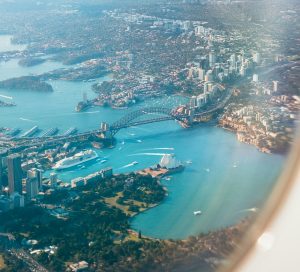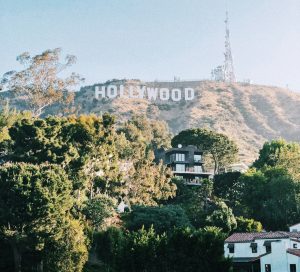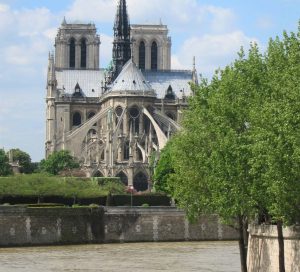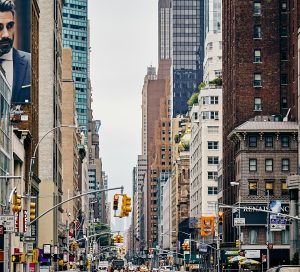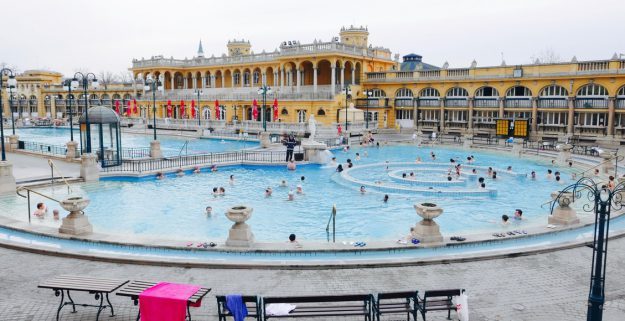
Public Baths, Budapest Hungary, Photo by Unsplash
Officially, there are two sides Budapest: Buda and Pest, bisected by the river Danube. But really, there are seemingly endless facets to Hungary’s bustling business, cultural, and political hub, which has thrived during centuries of turmoil and change to become a thoroughly modern metropolis. Budapest’s story is told by dozens upon dozens of statues and monuments dotting the charming streets and historic squares, but you’ll want to go deeper — under Buda Castle, up Gellért Hill, and of course, into the world-famous spas. Visiting Budapest is like stepping inside a storybook—and we’re excited to turn a new page with the opening of Kimpton’s first hotel in Budapest, Hungary.
Castles and Caves
It’s impossible to miss Buda Castle, the Baroque palace (and UNESCO World Heritage Site) that was home to centuries of Hungarian royals before being converted into a cultural center. Visitors flock to Matthias Church (circa 1015) and the Fisherman’s Bastion with its iconic spires and views. If you have more time, it’s worth exploring what’s around and underneath it—such as Hospital in the Rock, a secret military hospital built in the caves under the castle during WWII, when Nazi Germany occupied Budapest, or niche museums about Hungarian magician Harry Houdini and medicine in the Middle Ages. Or, go deeper in the Labyrinth, the caves where, according to legend, Vlad the Impaler (a.k.a. Count Dracula) was imprisoned and died.

Heroes’ Square, Photo by Unsplash
Statuesque City
Budapest’s story is told by statues and monuments throughout the city. The must-sees include Millennium Monument in Heroes’ Square, honoring Hungary’s 1000th birthday, and Shoes on the Danube Promenade, commemorating 20,000 Jews shot by Nazis along the riverbank. Travel forward in history (and 20 minutes by taxi outside the city center) to Memento Park, where Communist propaganda statues were created after the fall of the Iron Curtain as a place to learn about the perils of dictatorship.
Several lovely statues are worth seeking out high on Gellért Hill—including Abraham, Jesus, Buddha, and Gandhi chatting in the Garden of Philosophy, as well as Prince Buda and Princess Pest, separated by the river. A true hidden gem is the tranquil sculpture garden in Koller Gallery, Hungary’s oldest private gallery located in the former home of sculptor and actor Amerigo Tot. (His works are on display at an eponymous museum two hours outside Budapest in Pécs, near Croatia.) And don’t miss our friendly neighborhood statue: Józef Bem, a hero of the 1848 revolution. (Incidentally, the statue was where the uprising against the Stalinist government began in 1956.)

Matthias Church, Photo by Unsplash
A River Runs Through It
Whether on a city break or business trip, no visit to Budapest is complete without luxuriating in the famous spas, which utilize the city’s 123 hot springs. The largest and most popular is Széchenyi, built in 1913 with 18 pools, 10 saunas, and medical spa treatments. But if you want to avoid crowds, get off the beaten path and try Király, a small Turkish-style bath dating to the Ottoman Empire, or Dandár, the 1930s spa just outside the city center that’s popular with locals.
Baths not your thing? Check out Margaret Island, in the middle of the Danube, where you’ll find a massive public outdoor swimming pool (plus running trails, river cruises, and a beautiful Japanese Garden).
Kimpton’s luxurious new 127-room hotel in Budapest, centrally located on the Buda side of the Danube, will open in early 2025.





